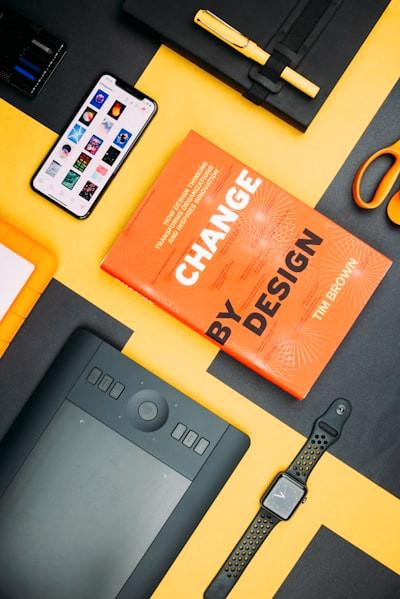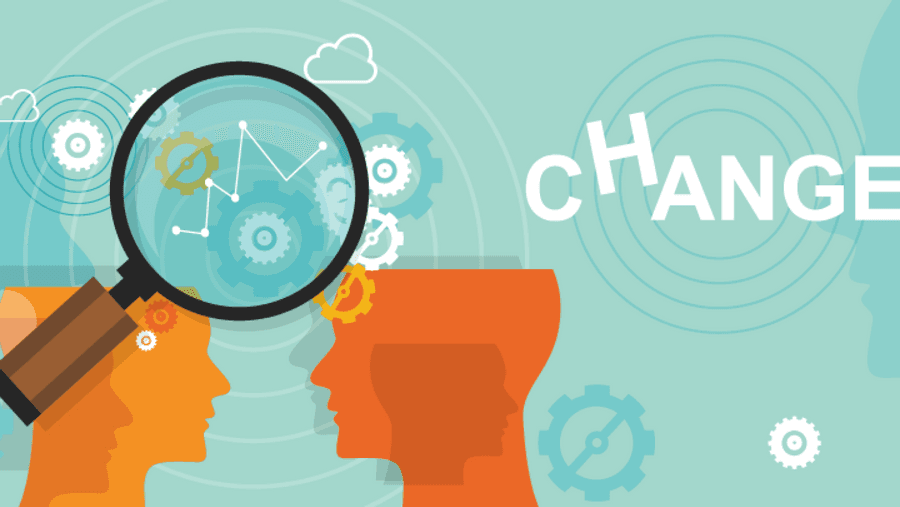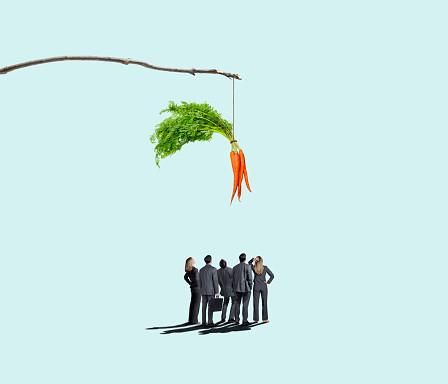Explore the World's Best Ideas
Join today and uncover 100+ curated journeys from 50+ topics. Unlock access to our mobile app with extensive features.
Design shapes behaviour
Design is the science of changing or influencing behaviour. But changing behaviour always results in friction. And friction makes it less likely that someone will take the desired action.
For example, getting a customer to switch to your product, even if your product is leagues ahead of what they were using, is still behaviour change and a point of friction.
Designers are often given the impression that it is vital to innovate at every turn. But science and history show that limiting novelty to the minimum viable innovation is more likely to succeed.
5
14 reads
The best innovations are often just one “Critical Behavior Change” away from current behaviors
Humans value things they own more just because they own them, and then they try to confirm the decisions they have made. The more they are exposed to something, the more they like them.
The most innovative companies are not those who innovate the most but innovate only in essential ways.
5
11 reads
How designers can change the trajectory of their companies
Highly usable products are typically those that limit behaviour changes to those essential to the differentiated value of the product.
Designers can increase the likelihood of succeeding in critical behaviour change by limiting friction elsewhere in the product experience.
5
12 reads
Identify your company’s “Critical Behavior Change”
- If your company want to do something better but already has competition, your company is likely aiming to be a "market-winning" company. Your critical behaviour change may be getting people to be willing to switch so they can experience your superior solution.
- If your company aims to do something new or different, your company may be aiming for a "market-creating" company. Therefore, you will have to generate demand.
Consider the single, core behaviour change in your product that could make your product more valuable to adopt.
5
8 reads
Increase incentive and decrease cost of that “Critical Behavior Change”
Evaluate how you could offset the cost of a behaviour change by increasing the incentive to change while reducing the cost to change.
The Fogg Behaviour Change Model states that people have three behavioural drivers that motivate them to action:
- Sensation: Can your product save people time, save money or increase their joy?
- Anticipation: Can your product help individuals avoid things they fear?
- Belonging: Can your product help people feel a sense of acceptance?
5
9 reads
How to reduce the cost to change
Switching Cost is the friction of switching from one product to another, but can also apply to situations where the customer has not used a product like yours before.
Ways it can cost a user to switch to a new solution and change behaviour:
- Financial cost
- Time cost
- Effort cost
- Psychological cost.
Solutions may be as simple as using a different language when discussing the service or framing options in a different way.
5
7 reads
Innovation happens by degrees
Significant behaviour changes can be the right strategy for a company, but it is vital to know the cost your product will need to offset.
The most innovative companies understand the existing behaviours of their customers and introduce the "minimum viable innovation" that can drive massive change. Even one variable can change everything.
5
6 reads
IDEAS CURATED BY
Harley J.'s ideas are part of this journey:
Learn more about product with this collection
How to align stakeholders
Best practices in product management leadership
How to create value together
Related collections
Similar ideas
6 ideas
What is Product Design? [Beginner’s Guide]
careerfoundry.com
5 ideas
Lecture 2 : What is the Design Process?
medium.com
9 ideas
Plain vs simple in product design
uxdesign.cc
Read & Learn
20x Faster
without
deepstash
with
deepstash
with
deepstash
Personalized microlearning
—
100+ Learning Journeys
—
Access to 200,000+ ideas
—
Access to the mobile app
—
Unlimited idea saving
—
—
Unlimited history
—
—
Unlimited listening to ideas
—
—
Downloading & offline access
—
—
Supercharge your mind with one idea per day
Enter your email and spend 1 minute every day to learn something new.
I agree to receive email updates




